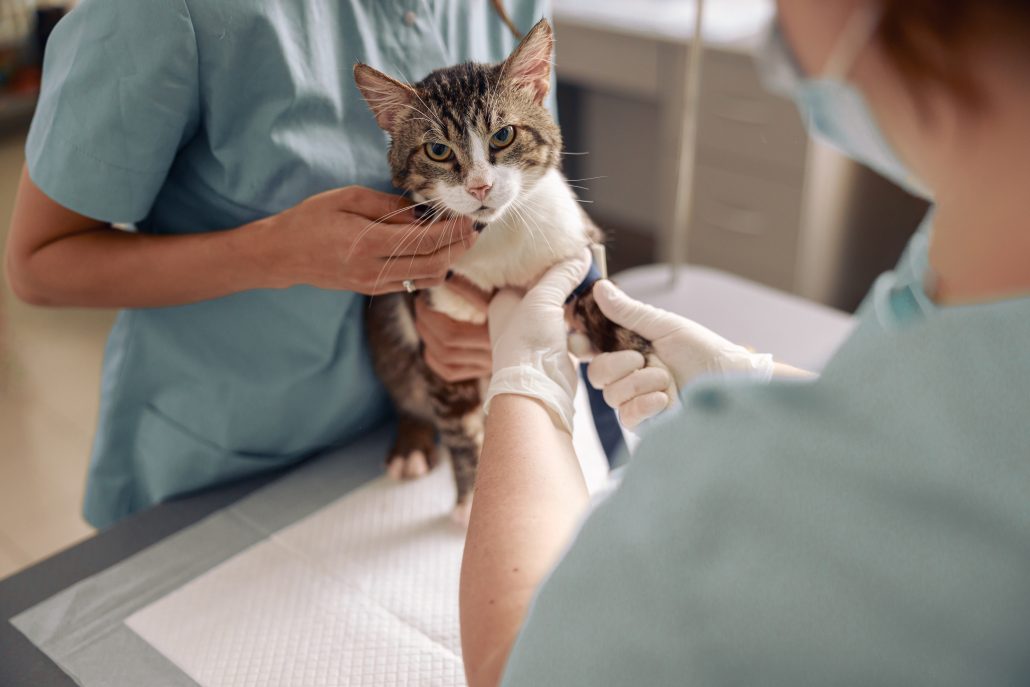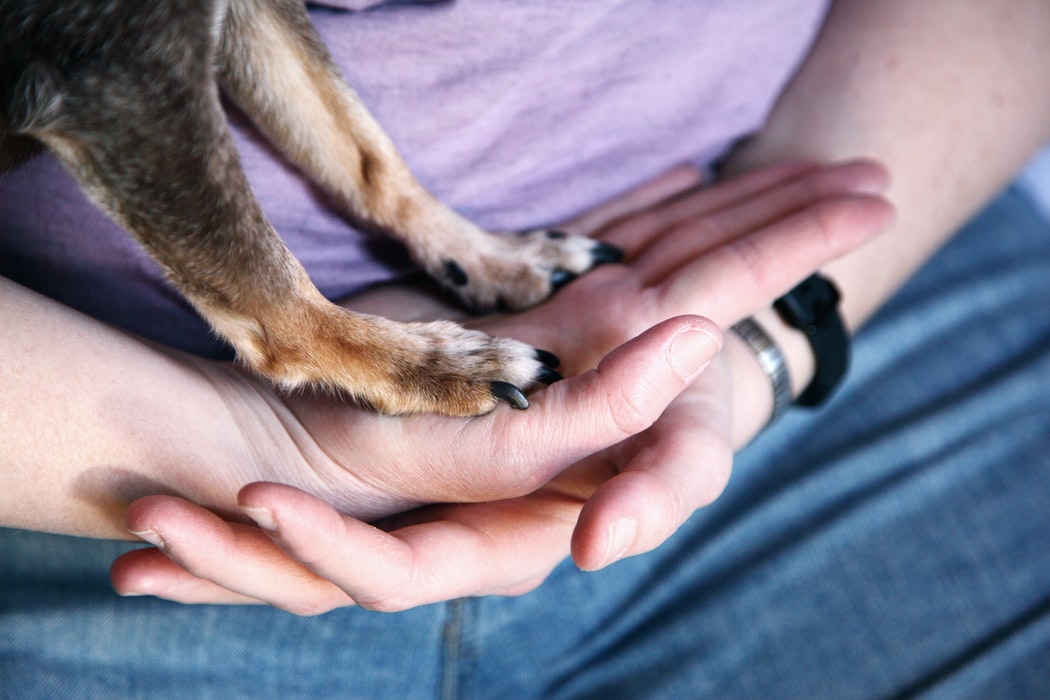Did you know that cats can have kittens as early as four months, whereas dogs as young as seven months old can become pregnant? Every year, animal shelters and rescues across Australia receive thousands of animals, a majority of which are the result of unwanted and unplanned pregnancies.
Desexing your pets helps to prevent unwanted and unplanned pregnancies. Not only does this reduce the number of animals that end up in shelters each year, but there are a host of health and behavioural benefits to desexing your companion.
In this post, we’ll explore some of the reasons why you should desex your animal companions, as well as dispel some common myths about the procedure.

What Is Pet Desexing?
Desexing refers to the intervention of suppressing fertility in various animals, typically dogs and cats. It is a surgical procedure performed by a veterinarian that removes an animal’s reproductive organs. For male animals, this means removing the testes. For females, the ovaries and uterus are removed.
Is Desexing Mandatory For Cats And Dogs?
In Australia, not all laws between states are consistent so there may be differences regarding requirements for desexing your dog or cat and the age when this must be done. While it is not mandatory to desex your pets in Queensland, it is still a procedure that is recommended.
Health & Wellness Benefits of Desexing
Desexing your pet is beneficial for their health! There are many health problems that are associated with breeding, such as mammary and ovarian cancers, and can be avoided by desexing your female pets. For males, desexing can help to prevent testicular cancer.
Desexed animals are also less likely to suffer from wandering behaviour, as they are not driven by hormones to find a mate. This reduced desire to roam also decreases their exposure to the dangers of cars, fights with other animals and other accidents. Additional benefits include:
- An effective strategy to prevent unwanted pregnancies
- Can increase the lifespan of animals
- Less likely to suffer from diseases
- Reduces behavioral problems such as roaming and aggression
- Stops males from marking their territory with urine
- Prevents mating behavior and false pregnancy in females
There is often the misconception that spaying and neutering your pets will cause weight gain. This is simply not true. Most weight gain can be attributed to a lack of exercise and overfeeding. Desexed pets will maintain a healthy weight as long as regular exercise and a healthy, portioned diet are provided.
Benefits To Pet Owners
As an owner, having your pet desexed has many benefits. Most commonly, it can help to control the pet population and reduce the number of animals that end up in shelters each year.
Desexed pets are also typically more relaxed and calm, making them better companions inside the home. They typically won’t display all the behaviours that animals ‘on heat’ can display, such as humping, scent marking, excessive howling and discharge. This is especially beneficial for those with smaller living spaces, such as apartments!
Desexing your pets can also save you money in the long run. As desexed pets are less likely to roam, they will spend more time at home, reducing the risk of expensive vet bills for accidental pregnancies or treating injuries and diseases contracted from other animals.
When Should My Pet Be Desexed?
The correct age to get your pet desexed will depend on a number of factors, including size, breed, gender and health. In short, there is no ‘right’ or ‘wrong’ answer.
Speaking to your vet is the best way to determine when the ideal time would be to desex your companion.
For most animals, the recommended age for desexing is around four to six months old. This allows them to develop physically and mentally before the surgery takes place.
About The Procedure
Most desexing procedures are performed as day surgery, meaning your pet will go home the same day. However, it is important to keep an eye on them for the first 24 hours after surgery and to follow any post-operative care instructions from your vet. This may include restricting exercise, providing pain relief and ensuring the surgical site does not become irritated.
Many pet owners avoid desexing because they think that it is painful. While any surgical procedure will cause some discomfort around the surgical site, your pet will be given pain relief before, during and after the procedure to keep them as comfortable as possible. Pets typically recover quickly from surgery and are back to their normal selves within a week or two!
Recovery After Surgery
Aftercare is just as important as the surgery itself, so be sure to follow your vet’s instructions carefully. If you have any questions or concerns, don’t hesitate to give them a call.
For female cats and male and female dogs that have been desexed, pet owners must inspect their wounds daily for the next 2 weeks. If there is any swelling, discharge or missing sutures, it is important to contact your veterinary doctor immediately.
Some pets with wounds will attempt to constantly lick the area which can cause damage. To prevent your pet from irritating their wound or chewing through their sutures, you may need to purchase an ‘Elizabethan collar’ from your local pet store, vet or online. These are plastic cones that fit around your pet’s head and prevent them from reaching their wound.

Book Your Vet Appointment
Desexing your pet has many benefits, both for you and your companion. From reducing the number of unwanted pregnancies to saving you money, there are numerous reasons to consider desexing.
If you’re thinking about desexing your pet, The House Call Vet can help. We are a fully equipped veterinary service that offer reliable pet desexing procedures.
We understand that taking your pet to the vet can be stressful, so we offer a convenient and affordable service that takes the hassle out of desexing your pet. Book an appointment today!

